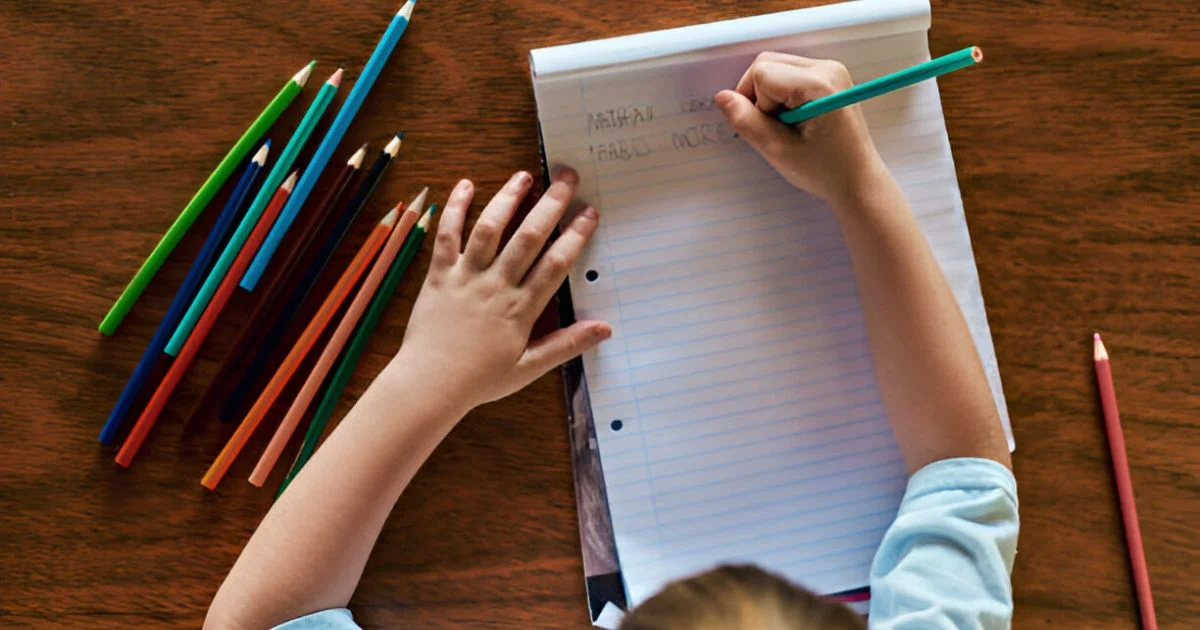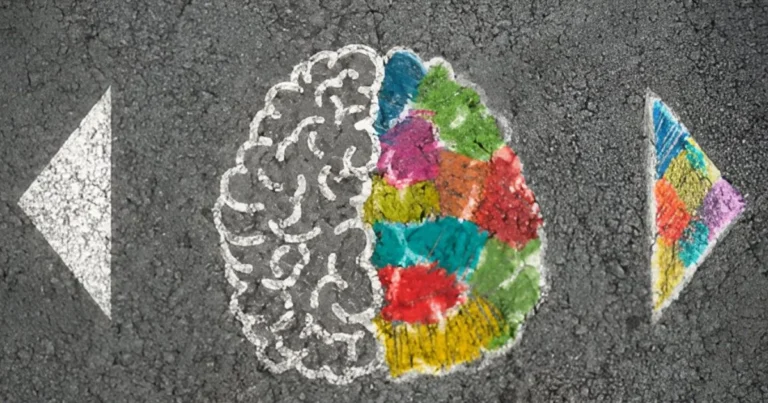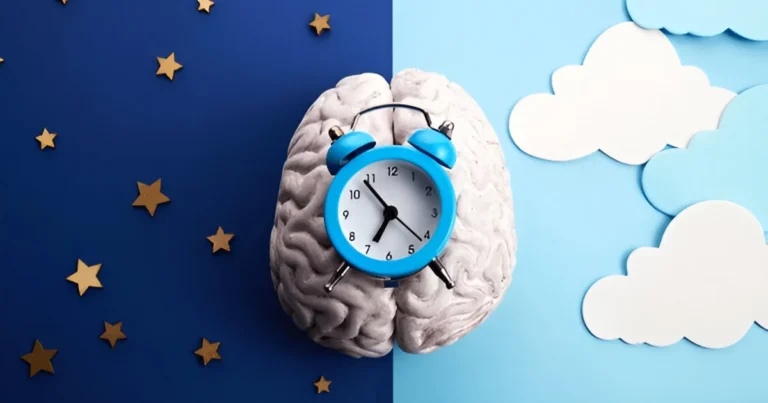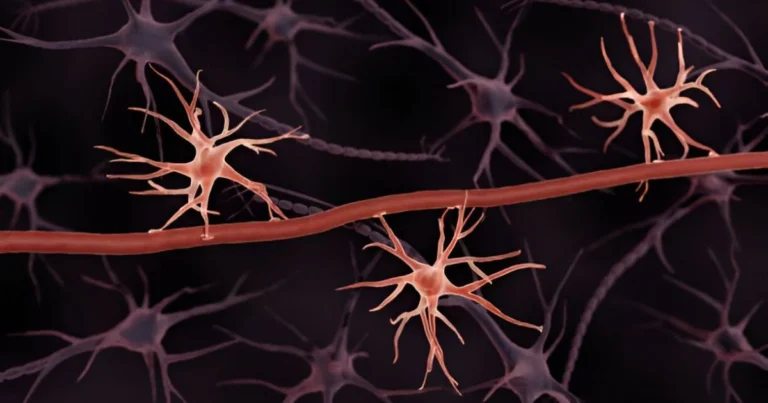The silent intelligence of the hand: Rediscovering the cognitive power of handwriting
Handwriting is one of those everyday gestures we barely notice anymore, yet it profoundly shapes our cognitive development. Once considered a foundational skill, it’s increasingly sidelined in favor of digital tools that may be faster but often lack sensory engagement. However, recent research shows that writing by hand activates a rich and specific network in the brain, one that interconnects perception, motor function, and memory. This activation is not incidental; it influences how we retain, understand, and organize information.
In Sweden, a country long praised for pioneering digital education, handwriting had gradually disappeared from school curricula, replaced by tablets and computers. From the early years of primary school, students were equipped with digital devices to prepare them for a tech-driven world. But the rapid shift came with unintended consequences. National reports have highlighted a decline in fundamental skills, the causes of which appear to be multiple. Among them, the gradual disappearance of handwriting has been identified as a possible contributing factor. Teachers noticed fragmented attention, weakened fine motor skills, and a growing disinterest in writing as a means of expression. In response to these warning signs, the Swedish government made a decisive move in 2023, reintroducing handwriting as a mandatory part of the school curriculum, stating clearly that children’s cognitive development depends on the active involvement of the hand.
This return to handwriting is not seen as a step backward, but as a wise course correction, one rooted in scientific evidence and the genuine needs of child development. It underscores the irreplaceable cognitive value embedded in the act of writing, a value that technology has yet to replicate. It’s time to restore the hand to its rightful place in the architecture of thought.
The pen as a teacher: learning begins in the gesture
In 2024, a team of Chinese researchers set out to investigate what we truly lose when we put down our pens. They recruited forty schoolchildren, around ten years old, and divided them into two groups. One group learned new English words by writing them by hand, while the other group simply viewed and read the words on a screen. Over the course of three consecutive days, each child was asked to learn twenty new words per day, focusing on spelling, pronunciation, and meaning. At the end of each day, the researchers assessed the children’s performance across three dimensions: visual word recognition, sound association, and semantic understanding.
The results spoke volumes. From day one, the handwriting group outperformed their peers in the visual exposure group. But the difference wasn’t merely in speed or the number of words remembered, the improvements followed a distinct pattern. First, children became better at linking words to their corresponding sounds. Next, they more easily grasped their meanings. Finally, they showed stronger visual recognition of the word forms. This sequence is revealing: it suggests that handwriting doesn’t just reinforce visual memory; it also supports deeper processing by enhancing phonological and semantic anchoring.
In practical terms, forming a word by hand engages attention, fine motor control, working memory, and perceptual analysis. This process recruits a broader neural network than passive reading, weaving together what we see, what we do, and what we understand. It’s as though each hand movement serves as a bridge between perception and comprehension. In other words, writing isn’t simply a way to represent words, it organizes them, brings them to life, makes them audible and intelligible. Far from being a mere graphic aid, handwriting becomes a powerful learning tool, embedding new words into the broader linguistic network.
Neural calligraphy: How writing shapes the reading brain
These findings echo a wide body of research in cognitive science confirming the neurological and linguistic benefits of handwriting. One landmark study in this field was conducted by James and Engelhardt (2012), who examined how different letter-learning methods influence brain development in pre-reading children. Using functional magnetic resonance imaging (fMRI), they found that only children who had physically traced the letters themselves activated the left fusiform gyrus, a brain region essential for recognizing written words.
In essence, writing a letter by hand is far more than a physical act; it triggers specific brain activations that don’t occur when a child types on a keyboard or passively views the letter. The brain appears to encode and internalize a letter more deeply when the child is the active creator, as if handwriting accelerates neural specialization. From the earliest stages of learning, the act of writing engages the very brain circuits that will later support reading, long before the child becomes a fluent reader.
Building on this research, Li and James (2016) explored how the visual variability inherent in handwriting influences learning. They found that because each handwritten letter is slightly different, this variability helps the brain build a more flexible and robust representation of symbols. In other words, the subtle differences in hand-drawn letters encourage the brain to abstract the essential shape rather than memorize a static image. This abstraction, made possible through the perceptual richness of handwriting, is key to recognizing a word regardless of font or formatting. In contrast, typing, where each letter appears in identical form, limits this generalization ability. Handwriting, therefore, teaches the brain to identify symbols through their variations, enhancing cognitive flexibility, visual recognition, and long-term memory consolidation.
When a child writes a letter by hand, they aren’t just writing, they’re sculpting thought. Every curve and stroke becomes a meeting point between gesture, sight, and understanding. Handwriting engages a distributed network spanning multiple regions — motor, visual, auditory, and associative — all working in synergy. This integration between action, perception, and meaning is foundational. By linking the act of forming a letter to its visual recognition, the brain creates strong pathways between perception and cognition. The more the child engages physically in the gesture, the more precise their ability to identify, manipulate, and retain letters becomes. Handwriting isn’t merely a support for learning written language, it’s one of its most powerful engines. Writing is not just leaving a mark on paper. It’s hearing the word form internally, sensing its rhythm, weighing its sounds. It’s feeling the pen press against the page as a sensory anchor. This deeply multisensory experience leaves a lasting imprint, far more impactful than a word typed on a keyboard. Handwriting transforms language learning into a physical and mental journey, where intention gradually etches itself into memory.
Taken together, these findings point to a compelling conclusion: handwriting is far more than a school ritual. It is the missing link between phonological awareness and its practical application in language acquisition. It makes visible the connections between what we say, what we see, and what we feel. It gives shape to thought, turns spelling into a sensorimotor experience, and makes language a living, embodied structure.
At a time when education policies are increasingly favoring the digitization of learning, this body of research reminds us that there is a form of knowledge embedded in the body, one that technology still struggles to replicate. Handwriting is not an outdated detour on the path to competency. It is a foundation, a slower, deeper structure upon which future automatisms can be built. The goal is not to pit paper against screens, but to recognize that certain learning pathways require time and embodied action to take root.
Between the fingers and memory, there is an invisible yet vital alliance. A word written by hand is a word tamed. A letter formed is a sound recognized, a meaning beginning to emerge. By restoring handwriting to its rightful place in education, we’re not just preserving a tradition, we’re safeguarding a way of thinking, learning, and relating to language in all its richness. A memory at your fingertips, tracing the outlines of your inner world.
References
James, K. H. (2017). The importance of handwriting experience on the development of the literate brain. Current Directions in Psychological Science, 26(6), 502–508.
James, K. H., & Engelhardt, L. (2012). The effects of handwriting experience on functional brain development in pre-literate children. Trends in Neuroscience and Education, 1(1), 32–42.
Li, J. X., & James, K. H. (2016). Handwriting generates variable visual output to facilitate symbol learning. Journal of Experimental Psychology: General, 145(3), 298–313.
Plebanek, D. J., & James, K. H. (2022). Why handwriting is good for your brain. Frontiers for Young Minds, 10, 623953.
Yang, Y., Zhang, H., Wu, Y., & Li, W. (2024). The role of handwriting in English word acquisition among elementary students. Acta Psychologica, 246, 104284.








